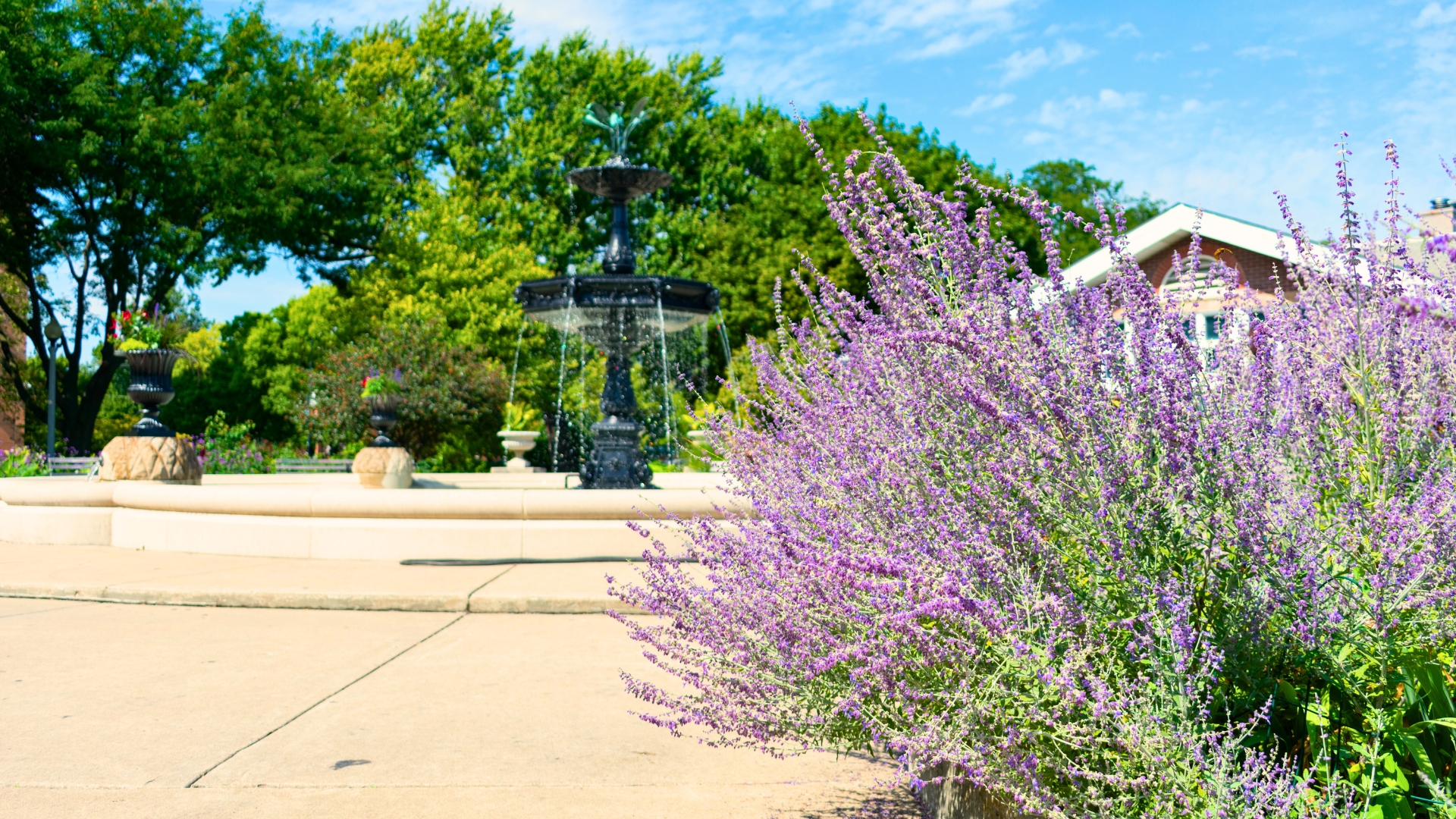These 14 Overrated Perennials Don’t Deserve A Spot In Your Garden This Spring
Not every perennial lives up to the hype—some look great on the label but turn into garden headaches fast. I’ve planted a few of these with high hopes, only to end up disappointed by weak blooms, messy growth, or nonstop maintenance.
These 14 picks just didn’t earn their keep in my garden, and I wouldn’t plant them again. If you’re planning for spring, it might be worth leaving these off your list.
There are better, easier options out there that truly deliver.
1. Russian Sage
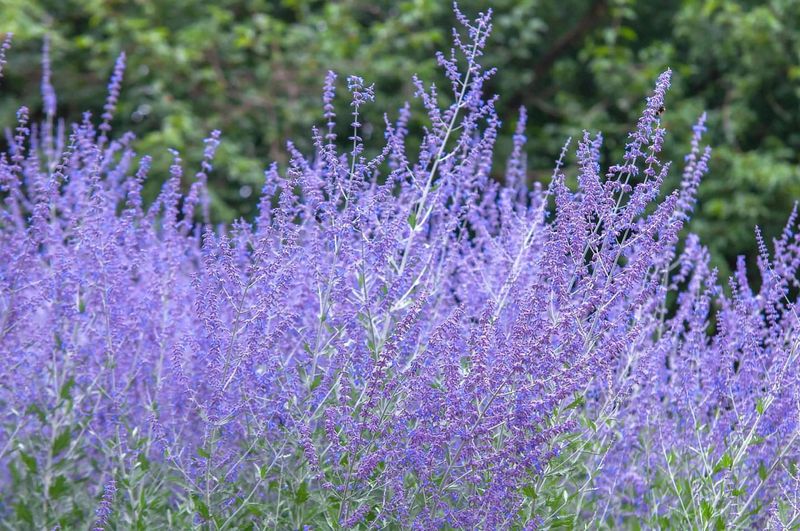
Often praised for its drought tolerance, this silvery plant quickly becomes a garden bully. It self-seeds everywhere and can overwhelm neighboring plants without mercy.
The woody stems become unattractive as they age, requiring frequent cutting back. Despite its pretty purple flowers, the maintenance headache and invasive tendencies make this sage more trouble than it’s worth.
2. Lamb’s Ear
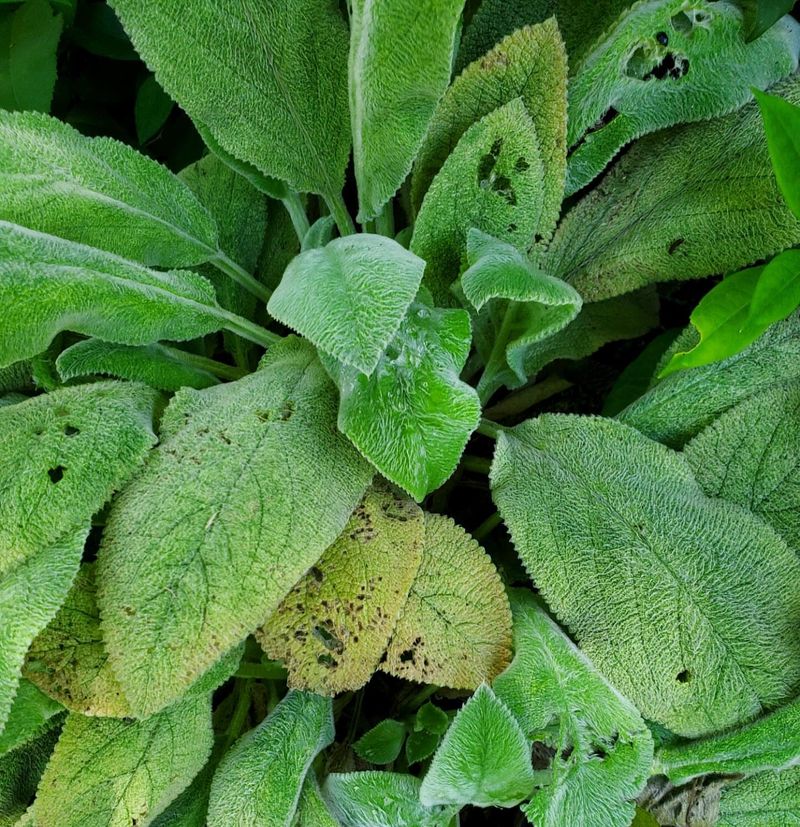
The soft, fuzzy leaves might charm you initially, but wait until summer humidity hits. The center often rots out completely, leaving an unsightly dead patch in your carefully planned garden bed.
Rain turns those adorable fuzzy leaves into a slimy mess. Plus, the plant spreads aggressively through both seeds and runners, quickly becoming more of a nuisance than a delight.
3. Hollyhocks

Gardeners swoon over their cottage garden charm, but hollyhocks are rust magnets. Those tall stalks quickly become covered in orange fungal spots that spread to other plants.
They’re technically short-lived perennials but often behave as biennials, not blooming until their second year. By midsummer, the lower leaves look terrible, and the plants require staking to prevent toppling over.
4. Butterfly Bush
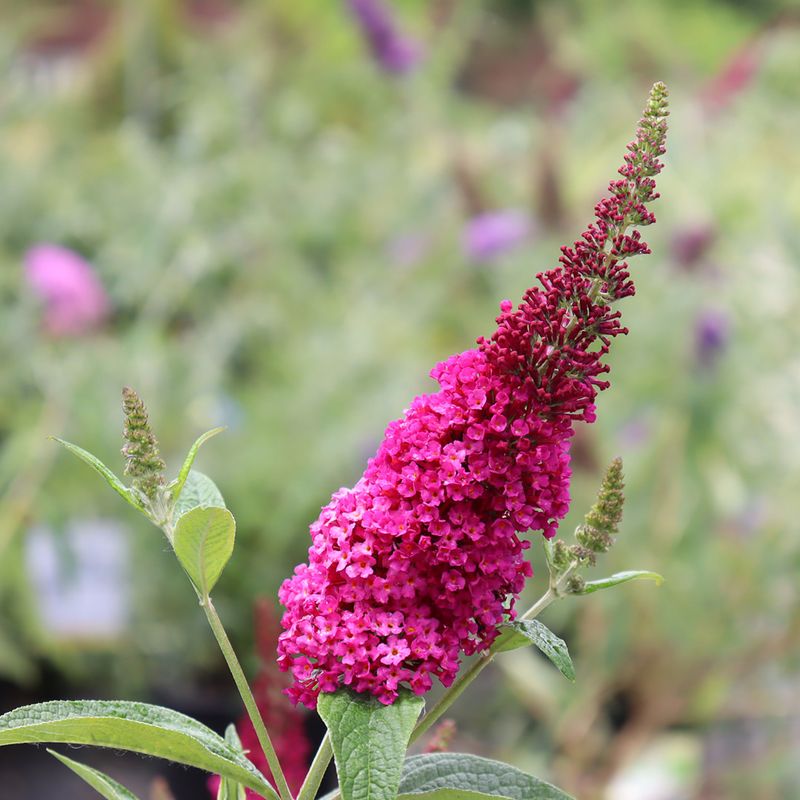
Marketing sells this as a butterfly magnet, but native butterflies actually prefer many other plants. The most common varieties grow enormous and require aggressive pruning to keep them in bounds.
Many varieties are considered invasive in numerous states. Despite its name, it provides no habitat for butterfly larvae, making it far less valuable for pollinators than truly beneficial native alternatives.
5. Liriope
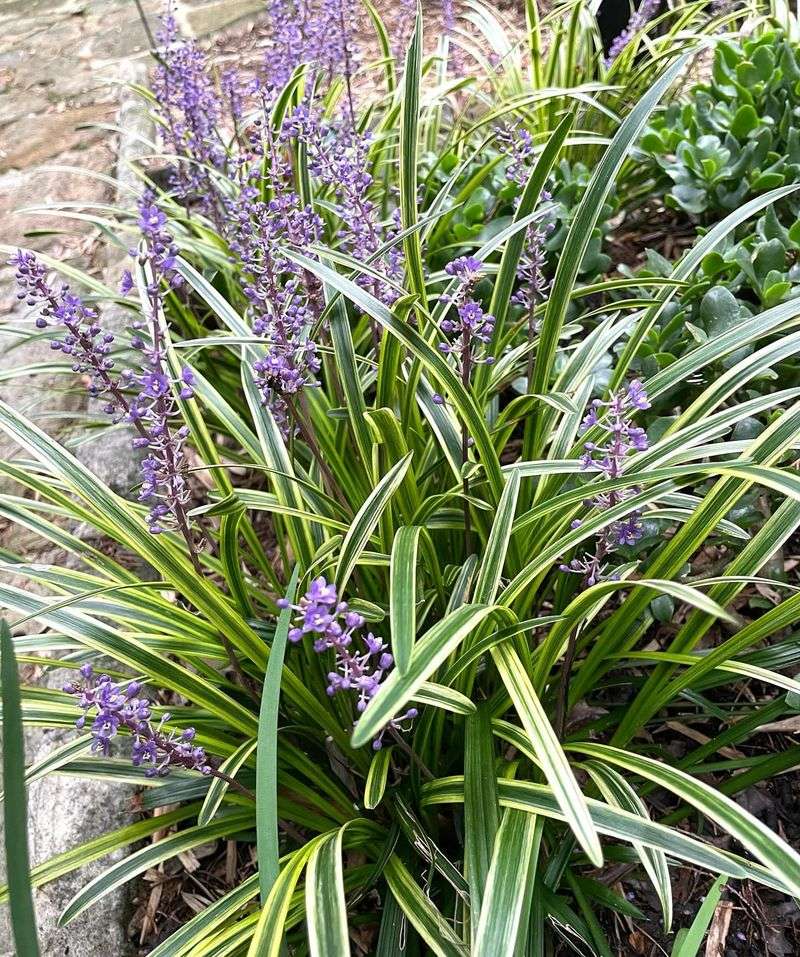
Landscapers love using this grass-like plant as edging, but its aggressive spreading habit makes it a maintenance nightmare. The foliage often looks tattered and brown by mid-season.
Removing it once established requires serious effort – the tough root systems resist pulling and often regrow from tiny fragments left behind. Its unimpressive purple flower spikes hardly justify the space it demands.
6. Yarrow
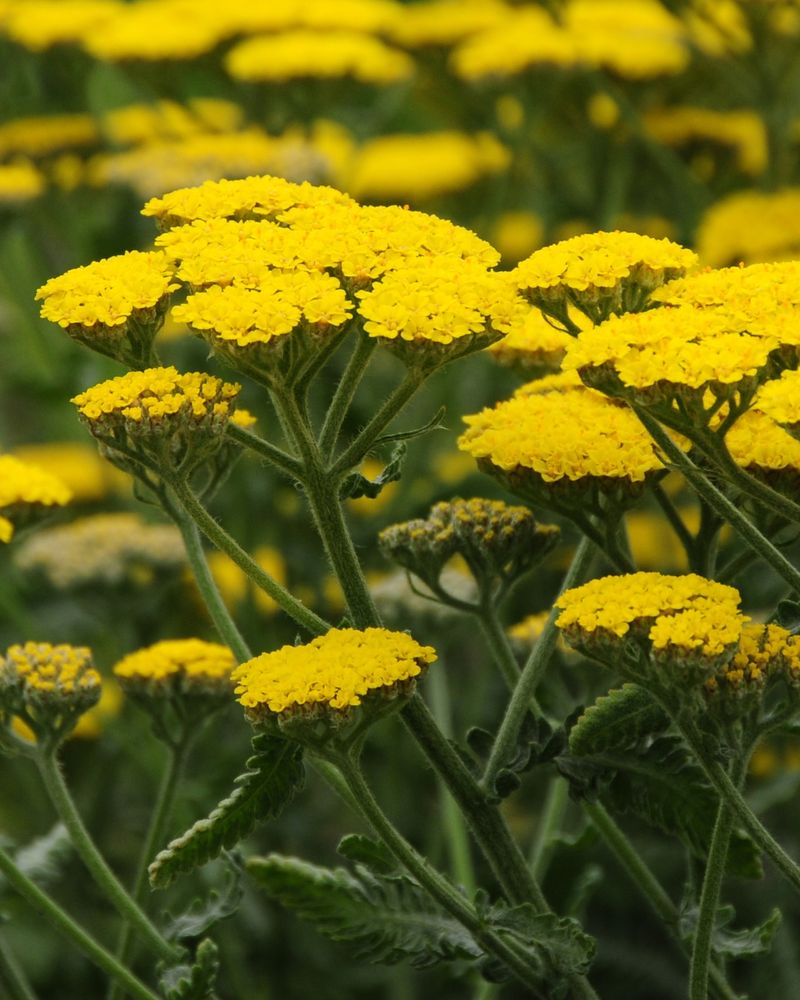
Garden centers showcase yarrow’s cheerful flowers and drought tolerance, but they rarely mention its aggressive spreading. The plant quickly forms dense mats that choke out neighboring perennials.
Most varieties flop over by midsummer, creating a messy appearance. The flowers fade quickly to an unattractive brown, and deadheading becomes a constant chore to prevent excessive self-seeding throughout your garden.
7. Daylilies
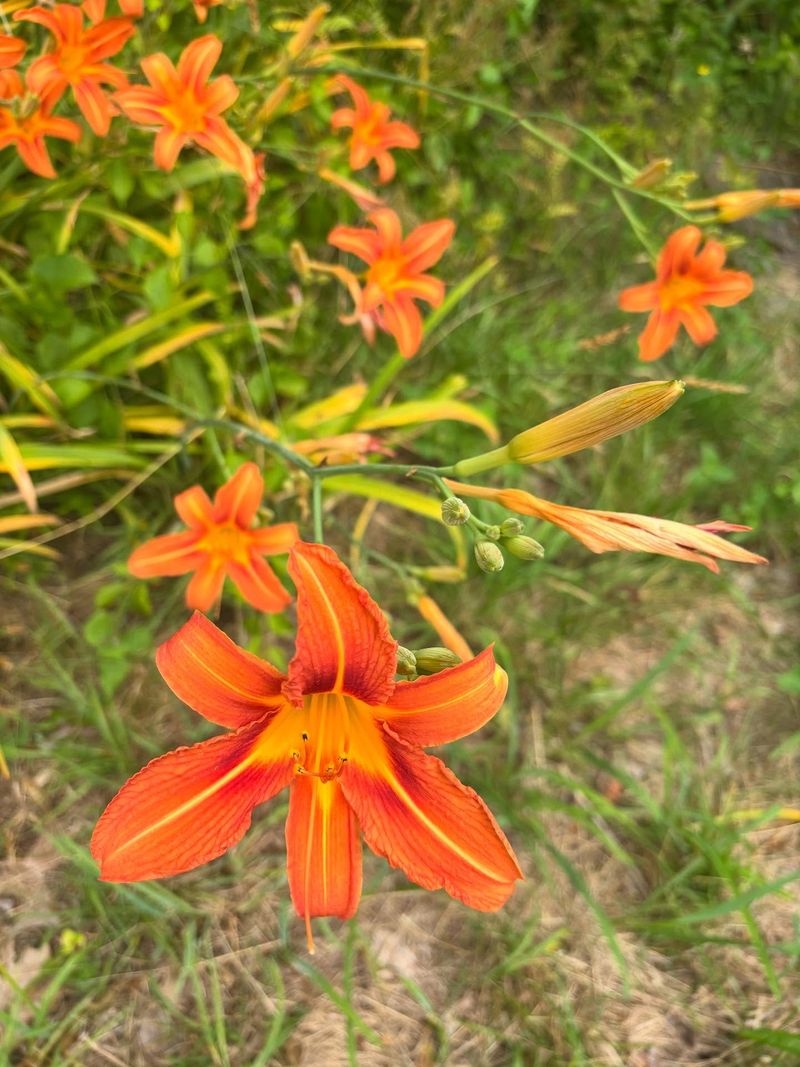
Common orange daylilies might be tough, but they’re also boring and invasive. Their foliage turns yellow and unsightly by mid-summer, leaving gaps in your garden design.
Fancy hybrid varieties require deadheading to look presentable and often don’t perform as advertised. Despite producing numerous buds, each flower lasts just one day, and many varieties go dormant after flowering, leaving empty spaces in your beds.
8. Coral Bells
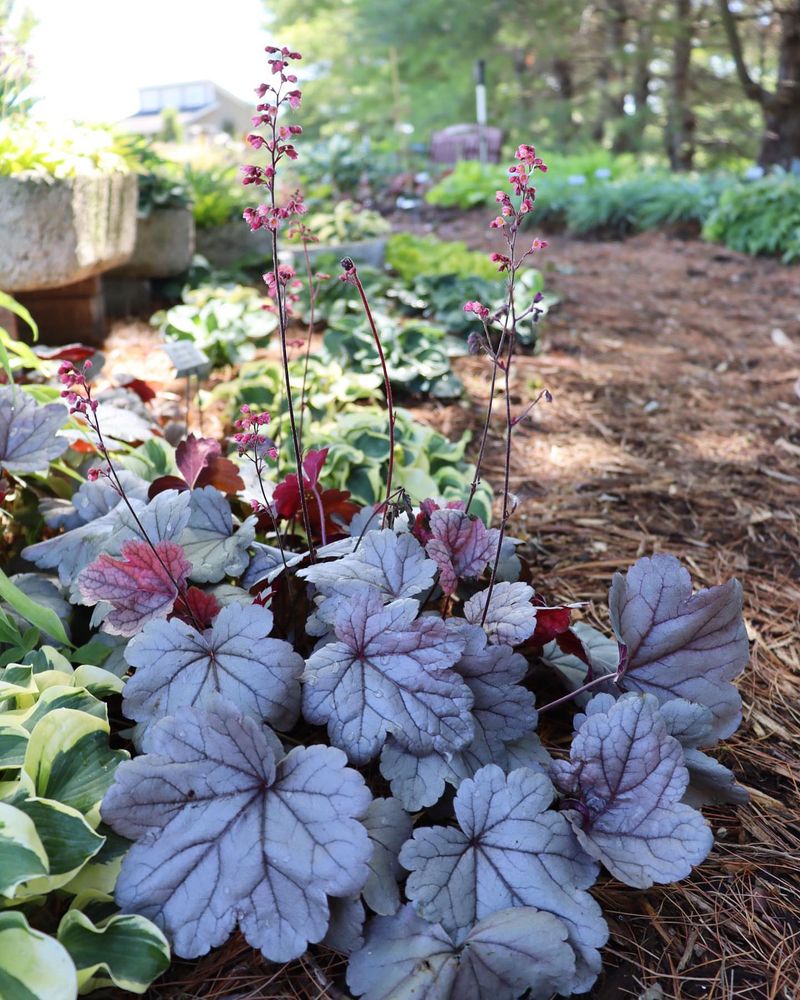
Garden centers showcase perfect specimens, but in real gardens, these plants often struggle. The colorful foliage that sold you quickly fades or becomes tattered in less-than-perfect conditions.
Many varieties heave out of the ground during freeze-thaw cycles, requiring constant replanting. Their tiny flowers on spindly stems are hardly worth the effort, and newer varieties often lack the hardiness of their plainer ancestors.
9. Hostas
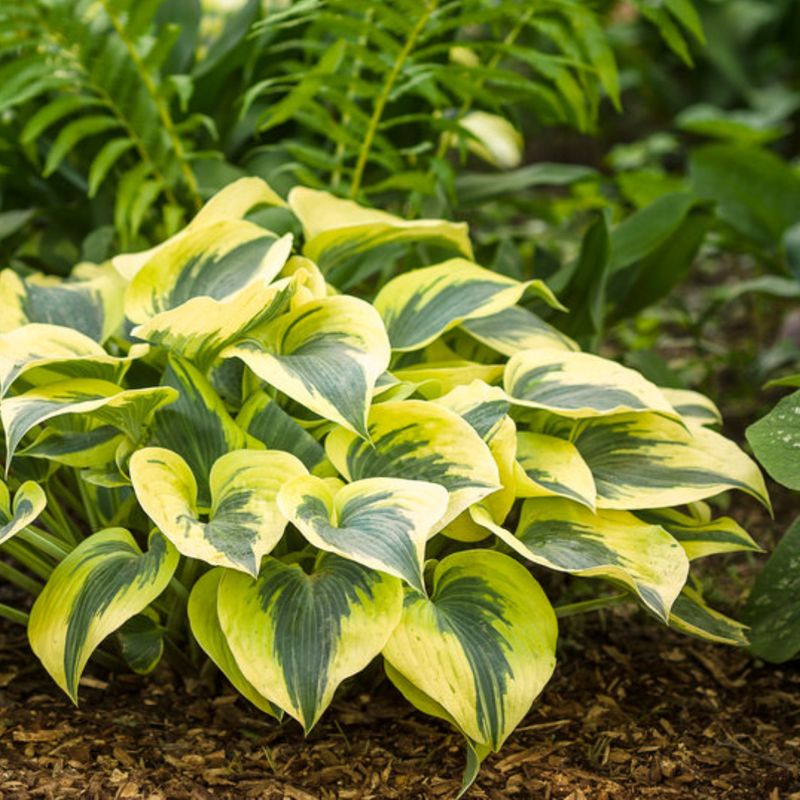
Unless you enjoy feeding the local deer and slugs, hostas will disappoint you. These shade-garden staples quickly become Swiss cheese once pests discover them, ruining their primary ornamental feature.
Standard green varieties are particularly uninspiring, taking up valuable garden real estate with little visual impact. Even variegated types often revert to solid green over time, losing the distinctive patterns that made them appealing initially.
10. Astilbe
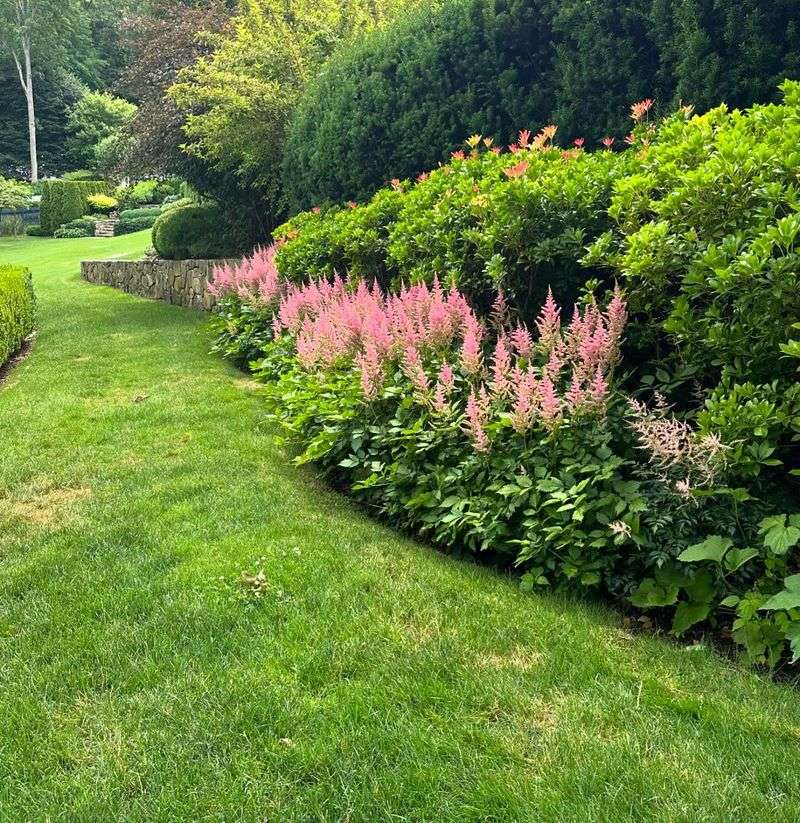
Garden centers display astilbes in perfect bloom, but maintaining that look at home proves challenging. These moisture-loving plants quickly crisp up without constant watering during summer heat.
The fluffy flowers turn brown rapidly and remain on the plant, requiring deadheading for a tidy appearance. By late summer, the foliage often looks ragged and spent, creating an eyesore in your carefully planned shade garden.
11. Lavender
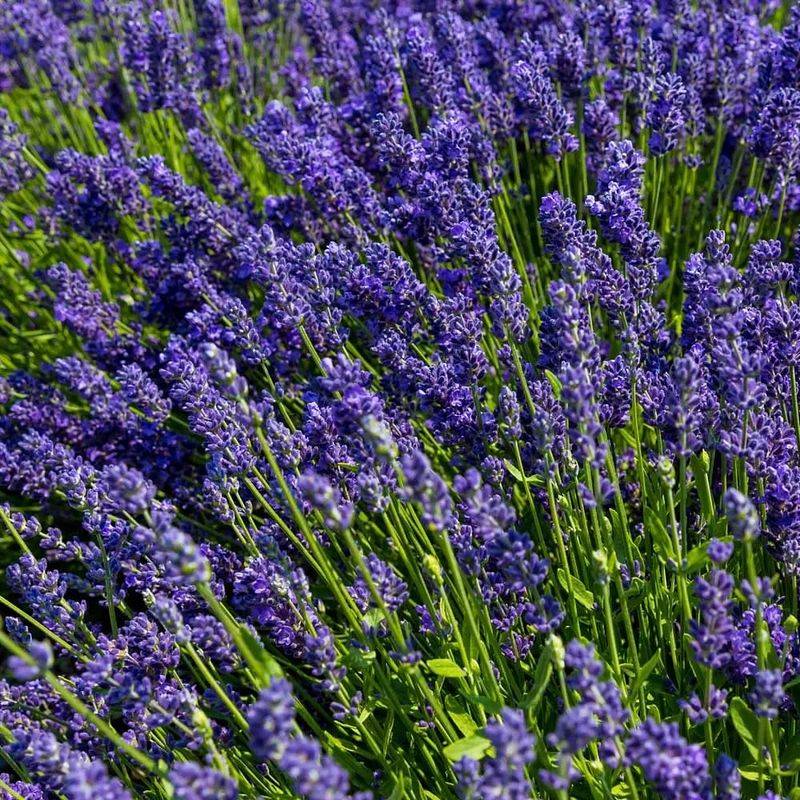
Despite its Mediterranean charm, lavender struggles in most American gardens. It demands perfect drainage and low humidity – conditions few gardens naturally provide.
Plants typically become woody and sparse after just a few seasons, requiring replacement. Cold winters kill many varieties outright, while humid summers invite fungal problems. The brief flowering period hardly justifies the space and special care these temperamental plants demand.
12. Delphinium
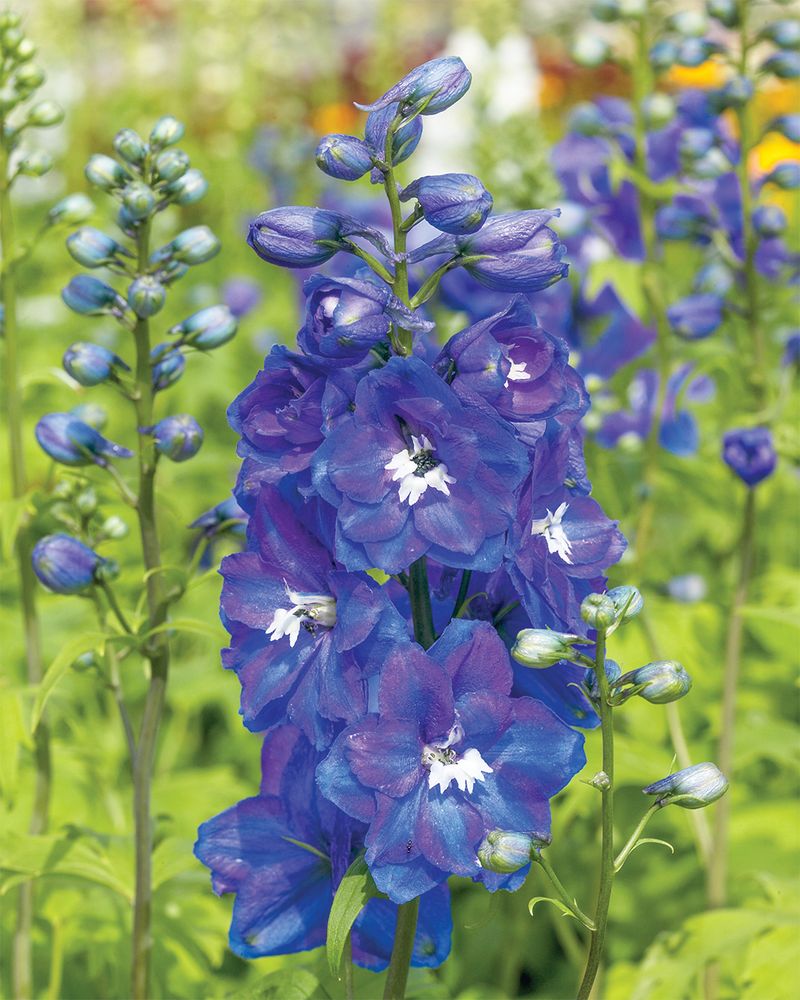
Gardening magazines showcase stunning blue spires, but growing picture-perfect delphiniums requires heroic efforts. These prima donnas demand rich soil, perfect drainage, and protection from both wind and heat.
Even with ideal conditions, plants are short-lived and typically flower for just a brief period. They require constant staking to prevent toppling and are magnets for slugs, aphids, and numerous diseases.
13. Foxglove
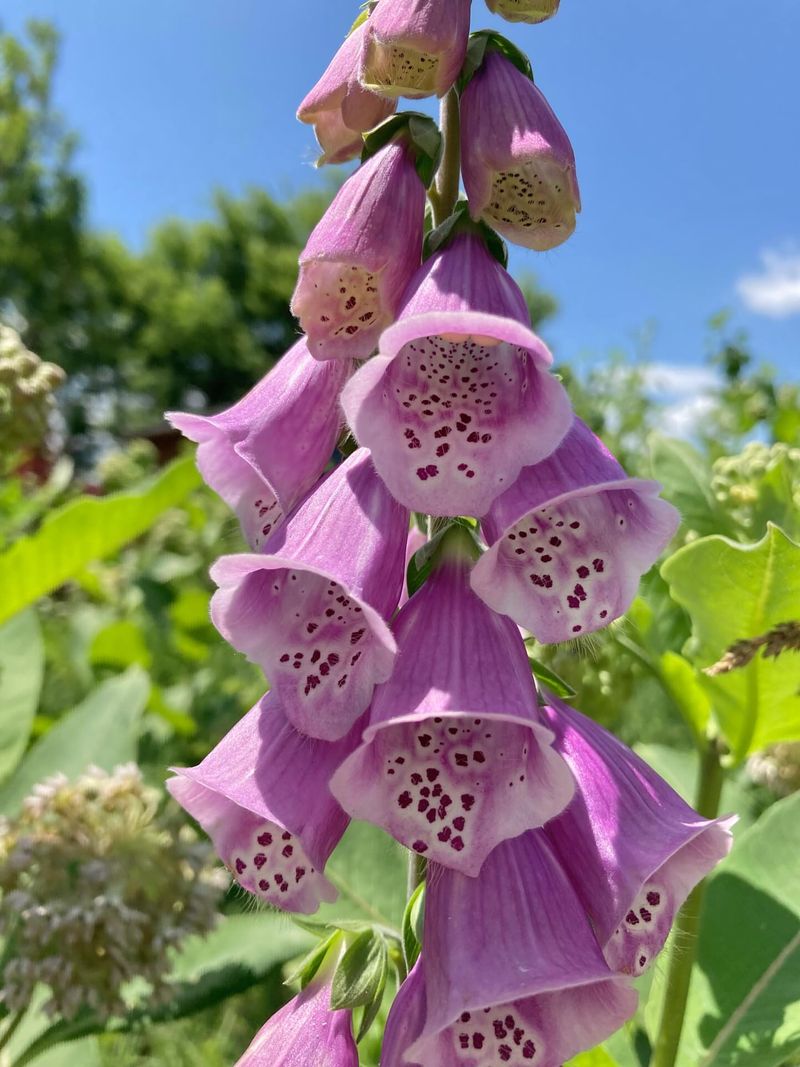
These cottage garden favorites are actually biennials masquerading as perennials. After their spectacular second-year bloom, plants typically die, leaving unexpected gaps in your garden design.
All parts are highly toxic, making them dangerous in gardens with children or pets. They self-seed enthusiastically but rarely come true to the parent plant’s color, resulting in a muddy mix of less-attractive offspring taking over your beds.
14. Autumn Joy Sedum
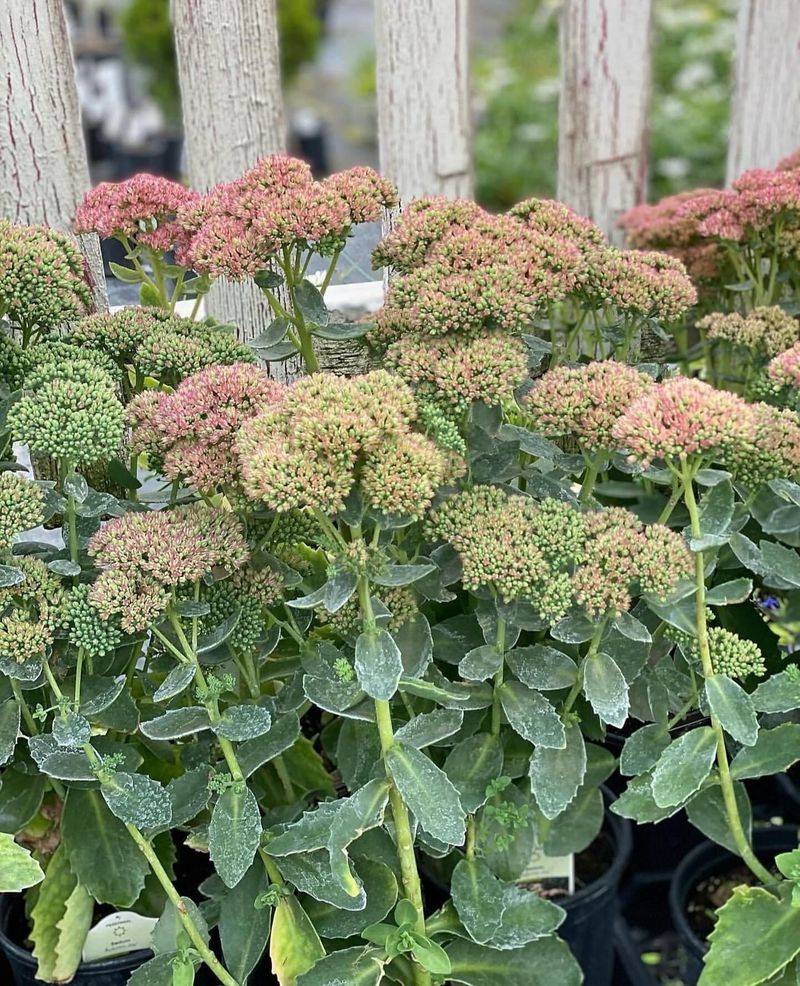
Garden centers promote this sedum as a carefree performer, but it has significant flaws. The heavy flower heads often cause stems to splay outward, creating a messy appearance by late summer.
Center portions frequently die out, leaving unattractive bare patches. While drought-tolerant, it’s remarkably ordinary given its popularity. The flowers transition from green to pink to rusty brown – colors that clash with many fall garden palettes.

